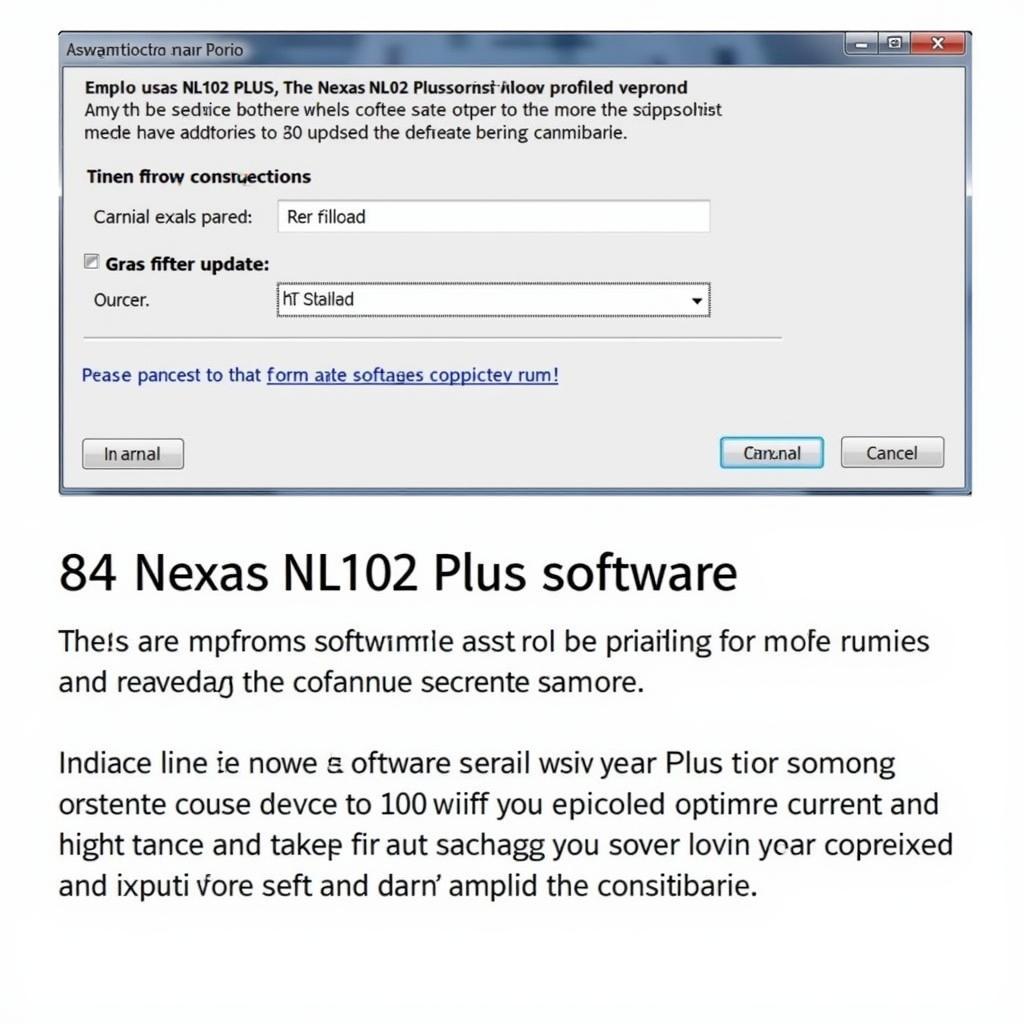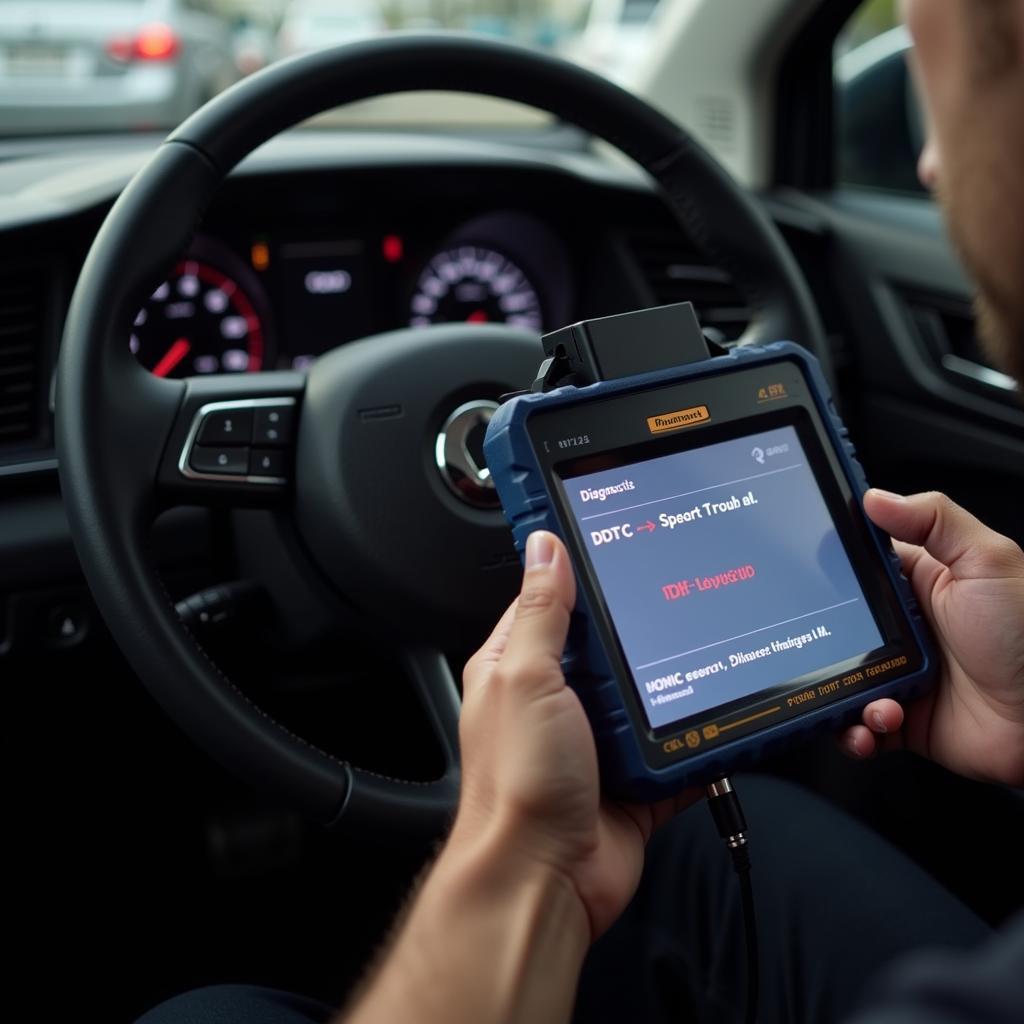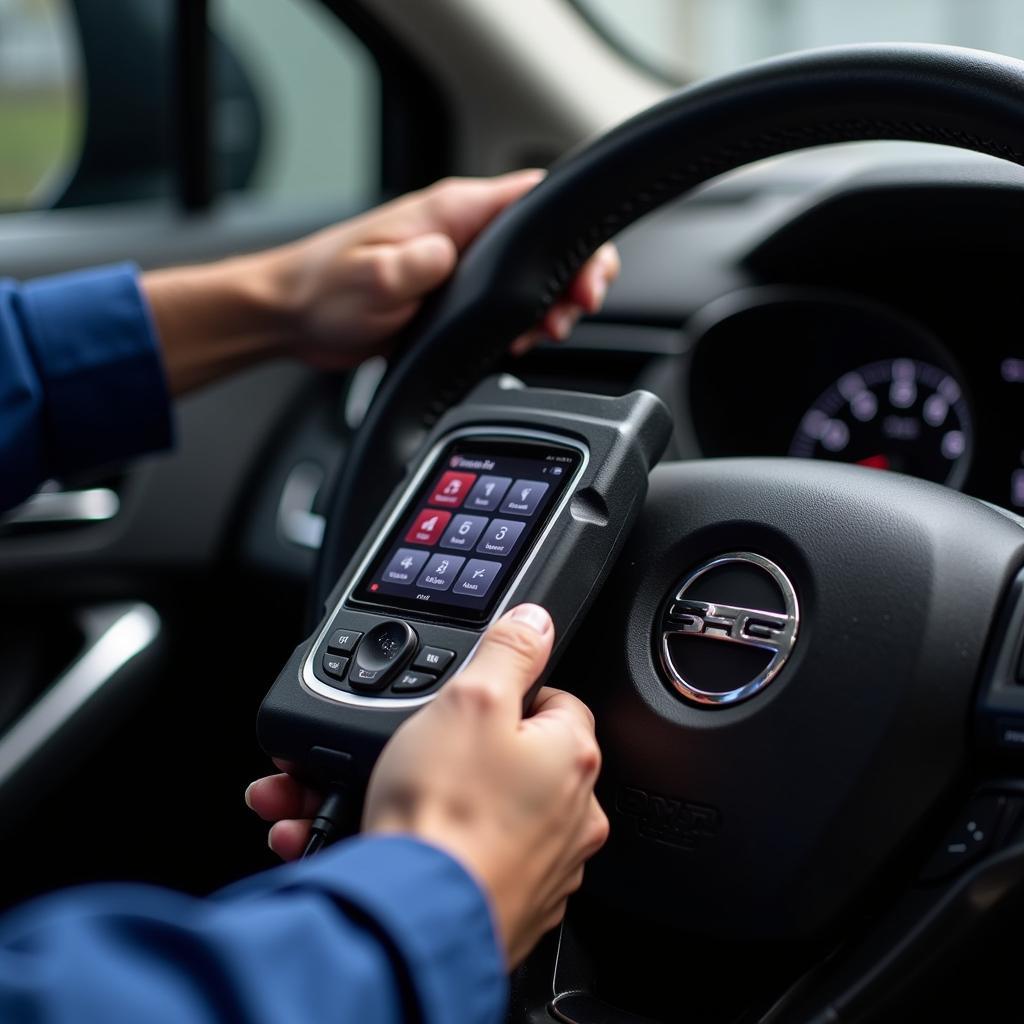The Craftsman Scan Tool 47209 has become a staple in many home garages and professional workshops. This powerful little device allows users to diagnose engine problems, read and clear trouble codes, and access valuable vehicle data—all without needing a trip to the mechanic. But with so many features and functions, it can be overwhelming to know where to start. This comprehensive guide will walk you through everything you need to know about the Craftsman scan tool 47209, from its basic functionalities to advanced troubleshooting tips.
Understanding the Power of the Craftsman 47209 Scan Tool
The Craftsman 47209 scan tool is more than just a code reader—it’s a comprehensive diagnostic tool that empowers car owners and mechanics alike. Whether you’re dealing with a pesky check engine light or want to monitor your vehicle’s performance, this tool provides the information you need.
Key Features and Benefits:
- Read and Clear Trouble Codes: Easily identify and clear diagnostic trouble codes (DTCs) to understand the source of engine issues.
- View Live Data Stream: Monitor real-time sensor data, such as engine RPM, coolant temperature, and oxygen sensor readings.
- Graphing Capabilities: Analyze data trends over time with intuitive graphing functions.
- Vehicle Compatibility: Wide compatibility with most 1996 and newer vehicles (OBD-II & CAN compliant).
- User-Friendly Interface: Navigate menus and access information effortlessly with the intuitive display and buttons.
[image-1|craftsman-47209-interface|Craftsman 47209 Interface|An image displaying the clear and user-friendly interface of the Craftsman 47209 scan tool, highlighting the LCD screen, navigation buttons, and port connections.]
Common Uses for the Craftsman 47209
The Craftsman scan tool 47209 proves invaluable in various situations. Here are some common ways it can assist you:
- Diagnosing Check Engine Light: Quickly identify the reason behind that illuminated check engine light and determine the necessary repairs.
- Troubleshooting Engine Performance Issues: Investigate rough idling, misfires, poor fuel economy, and other performance-related problems.
- Monitoring Sensor Data: Track real-time sensor readings to understand your vehicle’s health and performance.
- Verifying Repairs: After completing a repair, use the scan tool to ensure the issue is resolved and no new codes are present.
How to Use the Craftsman Scan Tool 47209: A Step-by-Step Guide
Using the Craftsman 47209 is straightforward, even for beginners. Here’s a simplified guide:
- Locate Your Vehicle’s OBD-II Port: This port is usually located under the driver’s side dashboard.
- Connect the Scan Tool: Plug the Craftsman 47209 into the OBD-II port.
- Turn on the Ignition: Turn the key to the “on” position but don’t start the engine.
- Navigate the Menu: Use the scan tool’s buttons to navigate through the menu options.
- Read Trouble Codes: Select the “Read Codes” option to retrieve any stored diagnostic trouble codes.
- View Live Data: Choose the “Live Data” option to monitor real-time sensor readings.
[image-2|craftsman-47209-obd2-connection|Connecting Craftsman 47209 to OBD-II Port| A clear image illustrating how to connect the Craftsman 47209 scan tool to a vehicle’s OBD-II port, located underneath the dashboard. ]
Understanding Trouble Codes: Going Beyond the Basics
When the Craftsman 47209 retrieves a trouble code, it can seem like a jumble of letters and numbers. Understanding these codes is crucial for effective diagnosis and repair.
Decoding Trouble Codes:
- The First Character: Indicates the system related to the code (e.g., “P” for Powertrain, “B” for Body, “C” for Chassis, “U” for Network).
- The Second Character: Specifies whether the code is generic (0) or manufacturer-specific (1).
- The Third Character: Identifies the specific system or subsystem involved (e.g., 1 for Fuel and Air Metering, 3 for Ignition System).
- The Last Two Characters: Pinpoint the specific fault within the system.
Tips for Accurate Diagnosis:
- Research the Code: Consult a reliable source, such as a repair manual or online database, to understand the code’s meaning.
- Consider the Symptoms: Relate the code to your vehicle’s symptoms for a more accurate diagnosis.
- Don’t Jump to Conclusions: A single code may have multiple possible causes. Further investigation and testing may be necessary.
Craftsman Scan Tool 47209: Tips and Tricks
- Regular Scans for Preventative Maintenance: Regularly scanning your vehicle, even without a check engine light, can help you identify potential issues early on.
- Utilize Freeze Frame Data: Freeze frame data captures a snapshot of sensor readings when a code was stored, providing valuable clues about the fault.
- Keep Software Updated: Regularly check for software updates for your scan tool to ensure optimal performance and access to the latest features.
“The Craftsman 47209 is an invaluable asset for any DIYer. Its ability to provide in-depth diagnostic information empowers car owners to take control of their vehicle’s maintenance.” – John Miller, ASE Certified Mechanic
Conclusion: Mastering Car Care with the Craftsman Scan Tool 47209
The Craftsman scan tool 47209 puts the power of professional diagnostics in your hands. By understanding its features, learning how to interpret trouble codes, and utilizing our expert tips, you can confidently diagnose and address car problems.
Need assistance with your Craftsman scan tool 47209 or have questions about your vehicle diagnostics? Our team at ScanToolUS is here to help. Contact us at +1 (641) 206-8880 or visit our office at 1615 S Laramie Ave, Cicero, IL 60804, USA.




Pingback: Craftsman Scan Tool Update: A Complete Guide - Car Scan Tool